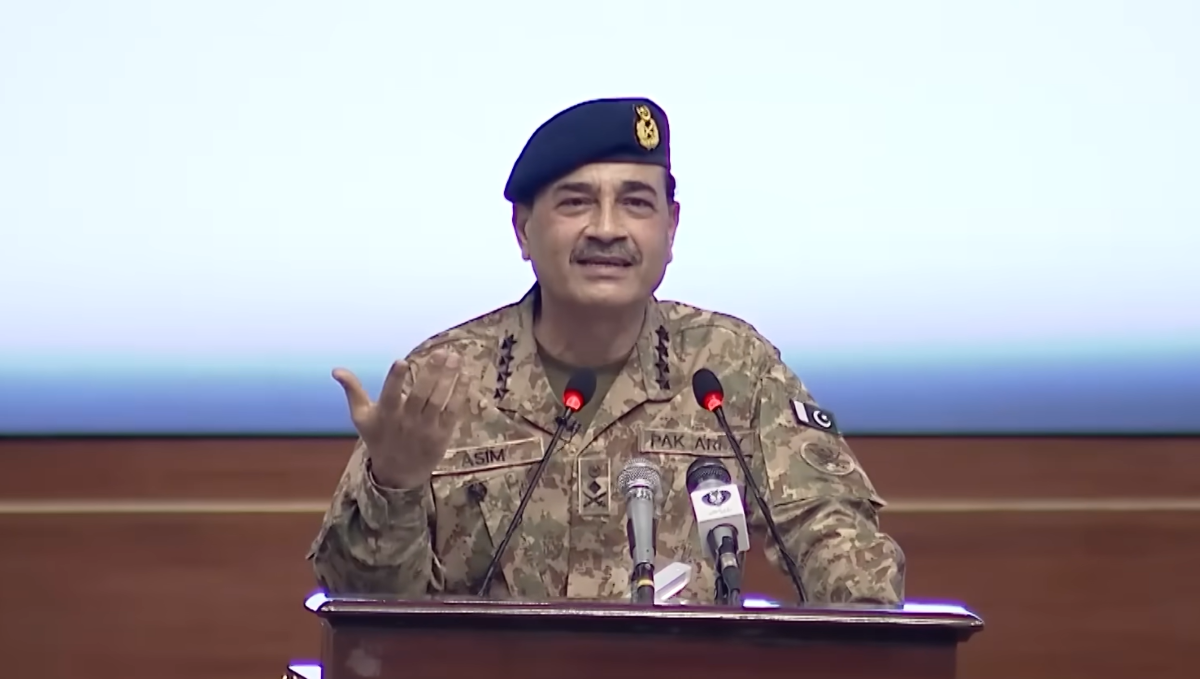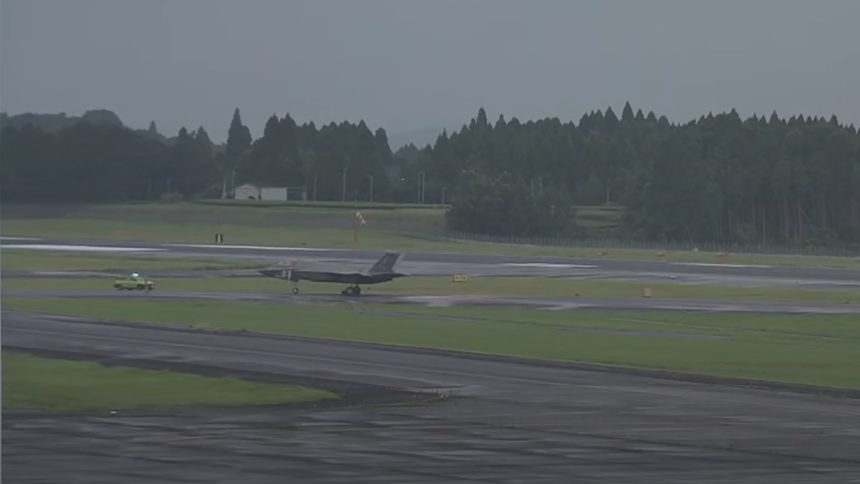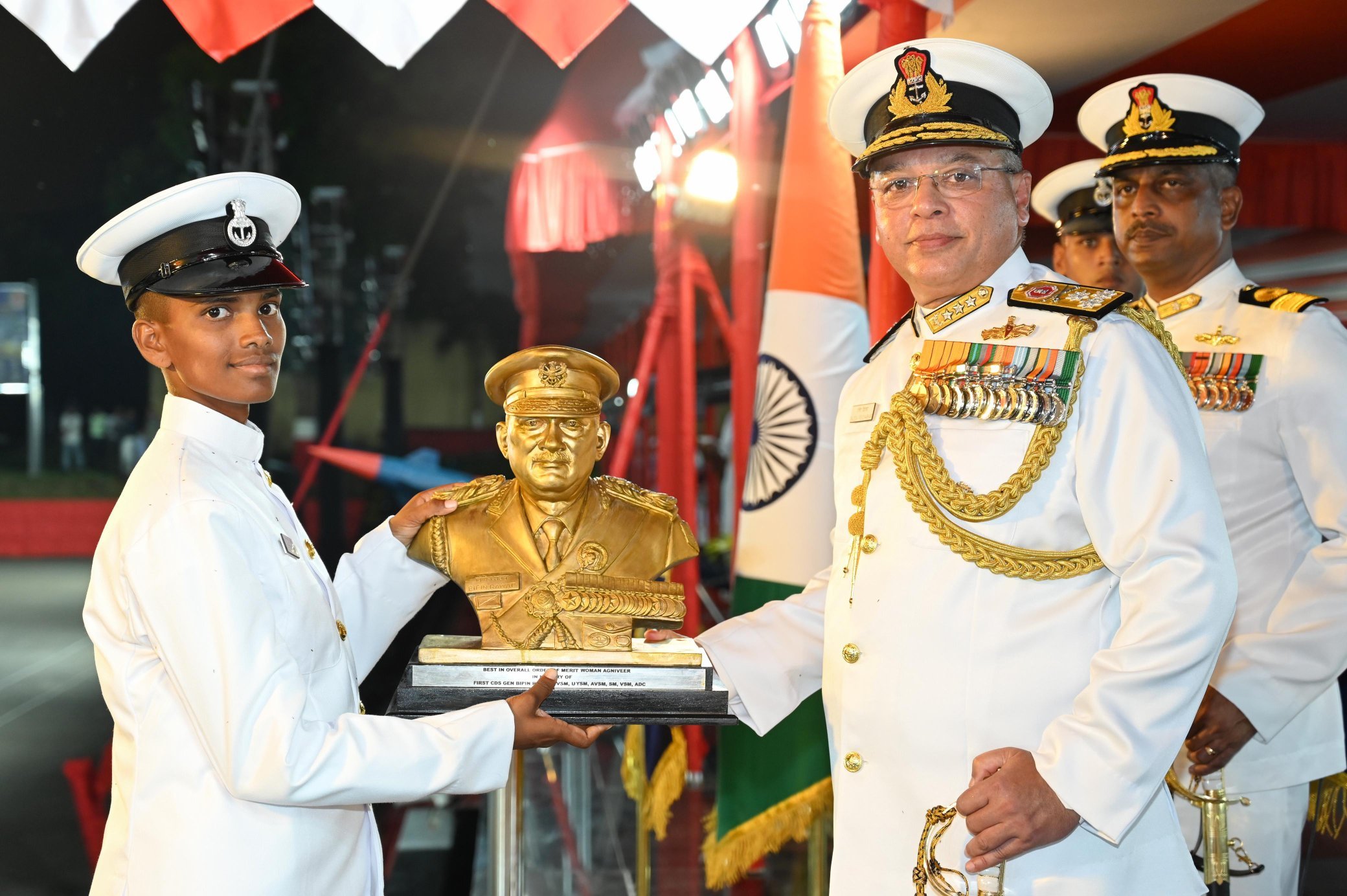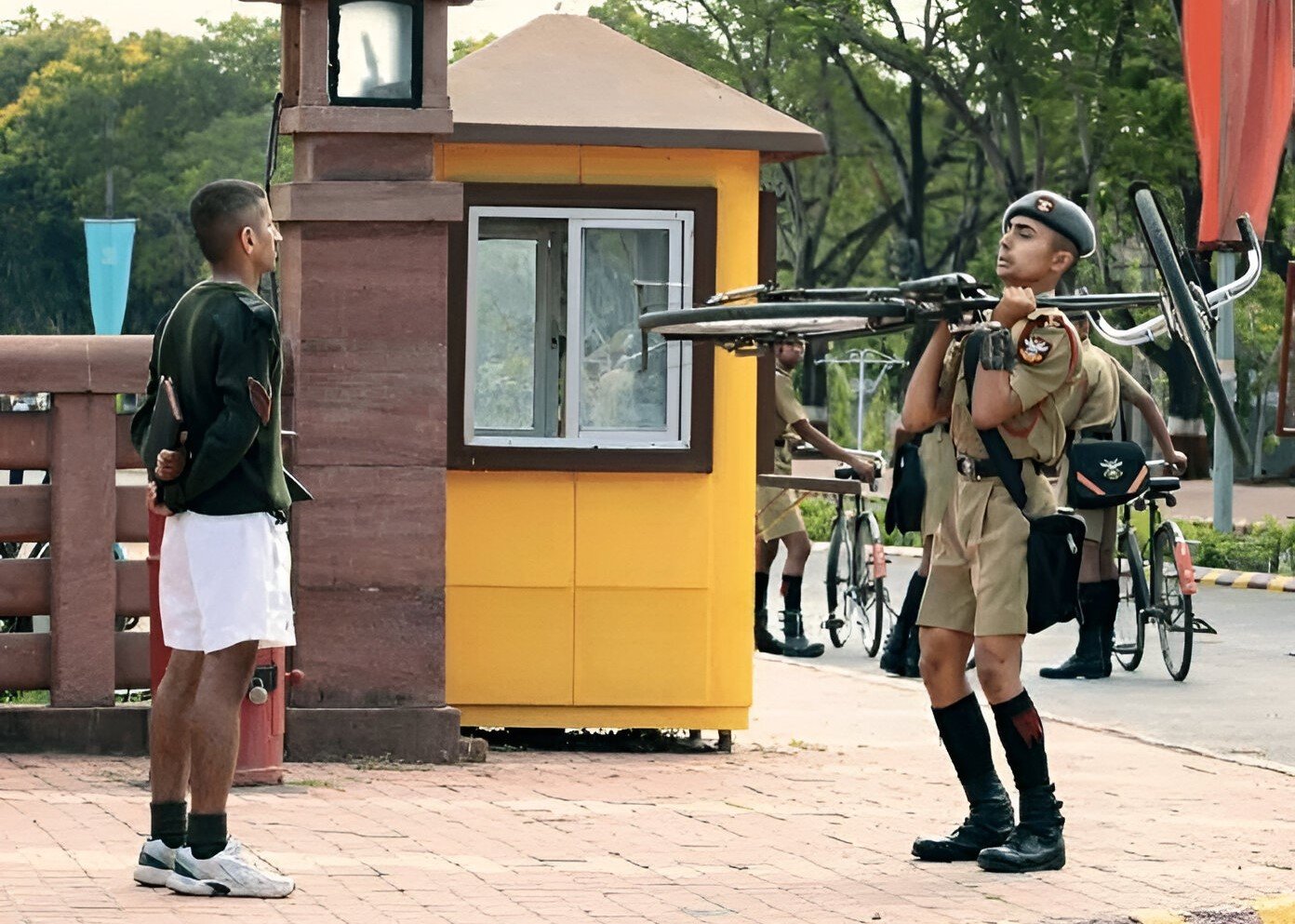“We Will Wait for India to Build a Dam, and When It Does, We Will Destroy it with Ten Missiles” : Pakistan’s Field Marshal
As per ThePrint: Field Marshal Asim Munir, Pakistan’s military chief, threatened to plunge the region into nuclear war should his…
UK F-35B Makes Emergency Landing at Kagoshima Airport
A British F-35B Lightning II from the Royal Navy’s aircraft carrier HMS Prince of Wales made an emergency landing at…
Passing Out Parade of 01/25 Batch of Agniveers Held at INS Chilka
The sixth batch of Agniveers of the Indian Navy and Naviks of the Indian Coast Guard marked the completion of…
India, Pakistan to Hold Simultaneous Naval Drills in Arabian Sea Amid Heightened Tensions
India and Pakistan are set to conduct back-to-back naval firing exercises in the Arabian Sea on August 11–12, in an…
Life at the NDA, Training, Discipline, and Cadet Activities
The National Defence Academy (NDA), located in Khadakwasla near Pune, India, stands as the world's first tri-service military academy, where…
20 Things Every NDA Cadet Can Relate To
The National Defence Academy (NDA) in Khadakwasla, Pune, is more than just a training ground it's the cradle of India's…






